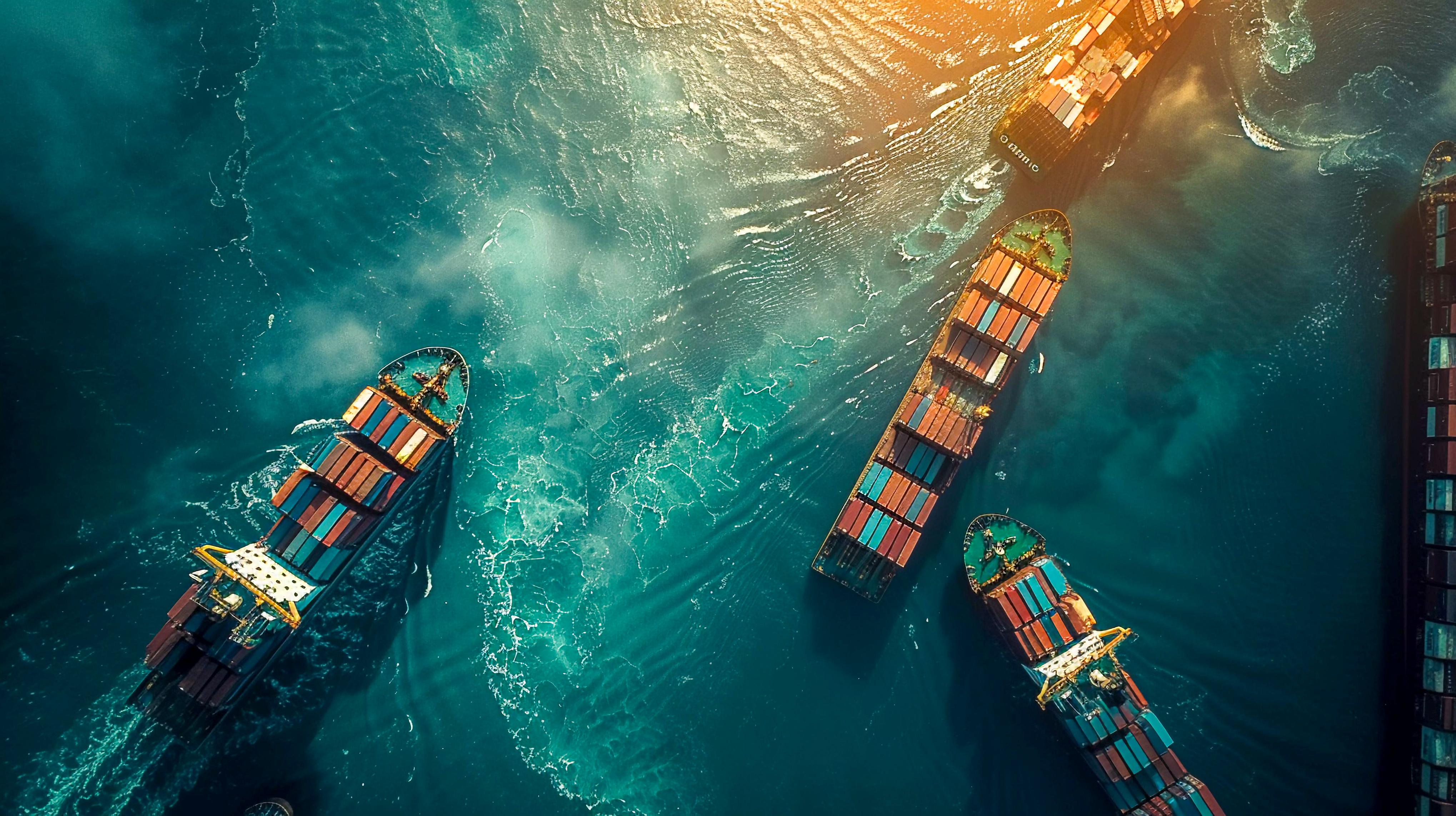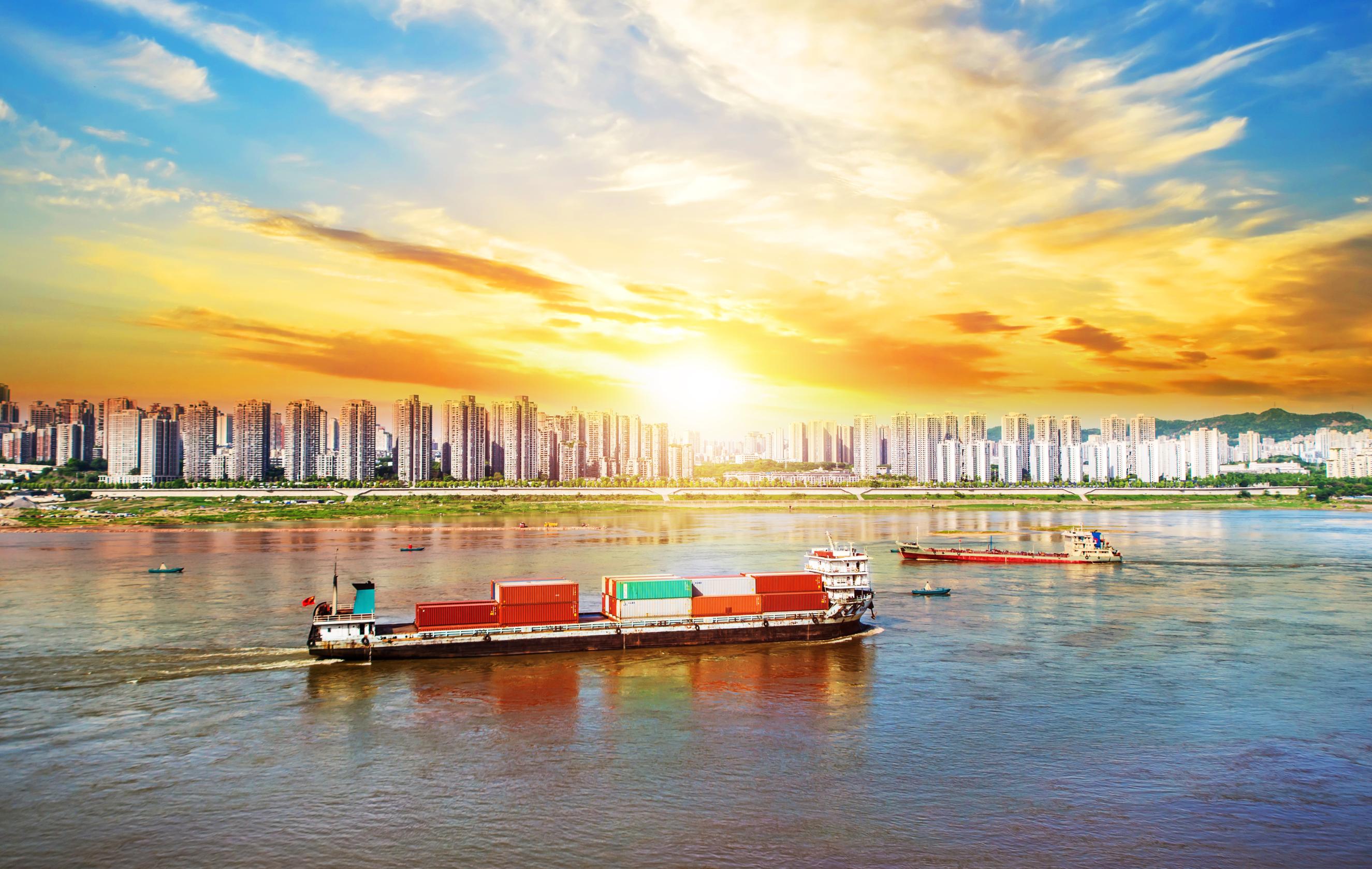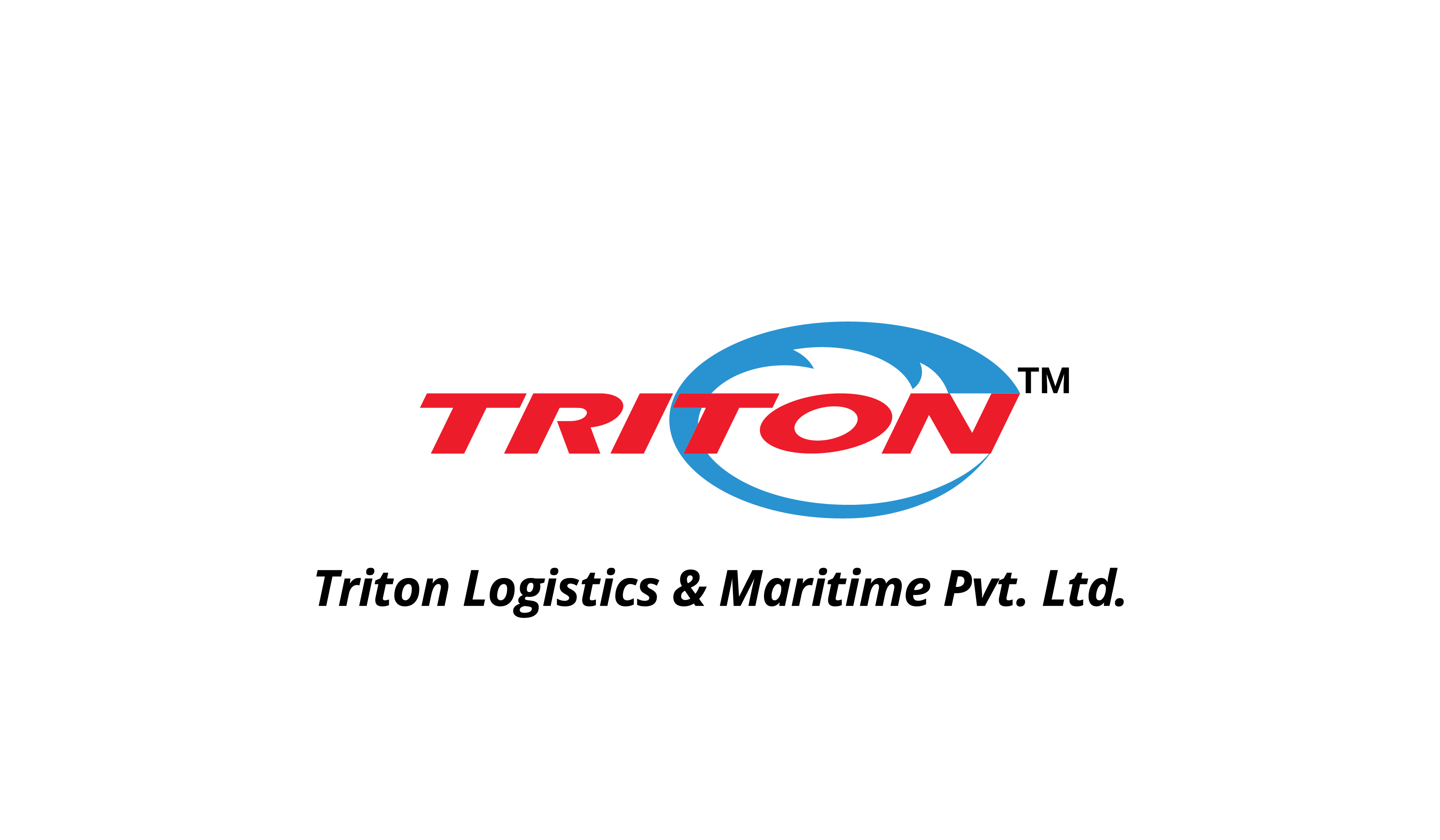Ocean transport forms the foundation of international commerce, moving vast quantities of goods across the world’s seas each year. Imagine the everyday items in your home, from electronics to clothing; many originate far away and rely on ships to bridge continents. This form of shipping carries the bulk of international trade by volume and thus plays a key role in supply chains. With deepening economies, it is essential to know about ocean transport for businesses, policymakers, and anyone who works with logistics.
Maritime activity has accounted for much of the physical flows of trade in recent appraisals, with forecasts suggesting modest expansion amidst multiple pressures. Following a 2.2 percent expansion in 2024, maritime trade is anticipated to decelerate to merely 0.5 percent in 2025. This guide examines the mechanics, advantages, disadvantages, and changing context of ocean transport, offering insights with which to effectively take on its complexities.

What Is Ocean Transport?
Ocean shipping is the transport of goods through sea lanes with specialized ships for bulk movement. It involves all from containerized shipping to bulk commodities, and it is the main freight method for long-distance movements. Compared to land or air freight, sea shipping has a great advantage in terms of capacity, which makes it an essential method for handling industries involving raw materials, manufactured products, and consumer goods.
This system has developed over centuries, but contemporary versions include sophisticated vessels capable of transporting thousands of units across seas. It is not only supporting economic trade but also resource distribution, shaping everything from food supply to industrial manufacture.
How Does Ocean Transport Work
Ocean shipping is a process of coordinated steps to deliver goods in a secure and efficient manner to their destinations. It starts with planning and reserving space on a ship where type and quantity of cargo are defined. Products are prepared for shipment, usually secured in protective containers to sail through maritime conditions.
After preparation, the cargo is transported to the port of departure for loading. Export clearance comes next through documentation and screening to ensure compliance with international regulations. The ship then sets off on its journey, crossing oceans that can take weeks, depending on the route taken. Upon reaching the destination port, import processes are carried out, involving examinations and payment of duties. The final step is transfer of the goods to inland means of transportation to reach the consumer.
This choreographed progression requires accuracy, as holdups at any step can propagate throughout supply lines. Monitoring equipment in real time more and more supports monitoring progress, making it more reliable.

Principal Forms of Ocean Shipping
Ocean shipping serves varied cargo requirements by specialized vessel types. Container ships prevail for packaged commodities, stacking identical boxes for efficient delivery. Bulk carriers carry unpacked commodities such as grains or ore in massive holds, best suited for commodities.
Tankers specialize in liquids like oil or chemicals, with designs to avoid spills and maintain stability. General cargo ships deal with composite loads, such as machinery or vehicles, usually with the aid of cranes during loading. Reefer vessels support temperature maintenance for perishables, while roll-on/roll-off ships support wheeled cargo such as automobiles.
Each supports specific needs, enabling flexibility in global logistics.
Major Ocean Shipping Routes Across the Globe
World trade is based on fixed sea routes that transport production centers to consumer markets. Trans-Pacific routes tie Asia to North America, shipping electronics and consumer products. Asia-Europe routes, often through major waterways, provide avenues for the exchange of manufactured goods and natural resources.
Transatlantic corridors facilitate trade between Europe and America, and intra-regional corridors in Asia service large volumes of intra-continental flows. Strategic passages consist of narrow canals and straits that act as gateways like between the Indian and Pacific Oceans or connecting the Mediterranean with the Red Sea.
The routes experience differential demand, dictated by seasonal trends and geopolitical considerations, determining the path of international trade.
Advantages of Ocean Transport
A major advantage of ocean transport is that it is cost-effective, especially for heavy or bulky loads over long distances. It provides huge capacity, facilitating the carriage of huge volumes that would be suffocating to other modes. Security measures, like sealed containers, minimize risks of theft, while reduced consumption of fuel per unit relative to air transport makes it economical.
Environmentally, it has less emission per ton-mile than substitutes, consistent with sustainability objectives. As an example, shipping by sea emits roughly 10 to 40 grams of CO2 per ton-kilometre, whereas air freight produces 500 to 600 grams, up to 47 times as efficient in terms of greenhouse gases. versatility enables oversized loads, from building machinery to cars, making it more suited to various industries.
Challenges in Ocean Transport
Though it has advantages, marine shipping faces obstacles that have the potential to impact timing and expense. Transit periods span weeks, not ideal for emergency deliveries. Schedules can be compromised by weather conditions, port delays, or labor disputes, adding uncertainty.
Documentation needs constitute another hurdle, with mistakes potentially resulting in holds or penalties. Limited route flexibility and reliance on harbor infrastructure can make operations difficult, particularly in remote locations. Mitigating these needs strong planning and contingency actions.
Environmental Factors and Sustainability in Ocean Transport
Shipping accounts for approximately three percent of all greenhouse gas emissions globally, which has led to unified action for reduction. The industry is criticized for effects such as oil discharges and noise pollution that impact marine life. Yet, its effectiveness in transporting high volumes makes it preferable to higher-emitting forms of transportation.
Efforts target cleaner fuel, energy-efficient technology, and the development of regulations to limit pollution. By 2025, developments in alternative means of propulsion and waste disposal are expected to reduce the footprint, making the industry more sustainable.
Future Trends in Ocean Transport
In the future, ocean shipping will incorporate digital technologies for greater efficiency. Automated ports and ships, supported by data analytics, will deliver optimized routes and predictive maintenance. Increased ship sizes and different energy sources like biofuels or hydrogen will fuel decarbonization.
Geopolitical changes and climate policies will affect trade flows, and robust supply chains become the need of the hour. Volatility of freight rates has become business as usual with container, bulk, and tanker rates staying high and volatile in 2024 and 2025. Tracking innovations and AI may reduce disruptions, providing flexibility in an ever-changing world, with estimates of demand growth at 3 to 4 percent.

Conclusion
In summary, ocean transport remains indispensable for global connectivity, balancing scale with evolving demands for speed and sustainability. As challenges persist, strategic advancements will sustain its prominence in trade. Stakeholders must stay informed to leverage its potential fully.




